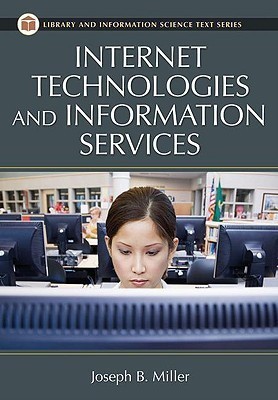Internet Technologies and Information Services(English, Paperback, Miller Joseph B. MD)
Quick Overview
Product Price Comparison
Why another book about the Internet? The answer is simple: while there are a number of excellent books on various aspects of networking, the Internet, HTML, web design, web programming, XML, and web searching, there is not a single survey text that explores each of these topics holistically in the context of the knowledge and skill needs of those preparing for careers in any of the many information technology (IT) intensive fields such as library and information science (LIS), business and management information systems (MIS), and decision science (DIS), to name but a few. In so doing, this foundational text offers its readers both a comprehensive overview of basic counseling and tested solutions to a variety of technical situations. The perfect introduction for students lacking technological expertise while called upon to demonstrate a working knowledge of basic concepts and applications. Why another book about the Internet? The answer is simple: while a growing number of excellent books cover the various aspects of networking, the Internet, HTML, web design, web programming, XML, and web searching, there is not a single survey text that explores each of these topics holistically in the context of the knowledge and skill needs of those preparing for careers in any of the many information technology (IT) intensive fields such as library and information science (LIS), business and management information systems (MIS), and decision science (DIS), to name but a few. In so doing, this foundational text offers its readers both a comprehensive overview of basic counseling and tested solutions to a variety of technical situations. Part 1 focuses on the technologies of the Internet, specifically networks, TCPIP, higher level Internet protocols, and security issues for Internet connected PCs. Part 2 focuses on the many forms of Internet content and how it is created: documentary and multimedia formats; web graphics; web publishing in HTML; principles of good web design; controlling presentation with styles; web scripting and dynamic content; and the possibility of the semantic web with XML. Part 3 is devoted to the topic of Internet information retrieval and includes a brief overview of the principles of IR; Internet searching past and present; a detailed examination of search engine functions and limitations; peer-to-peer approaches; image and multimedia IR; and enhancing intellectual access by the application and use of metadata. The perfect introduction for students lacking technological expertise while called upon to demonstrate a working knowledge of basic concepts and applications.


